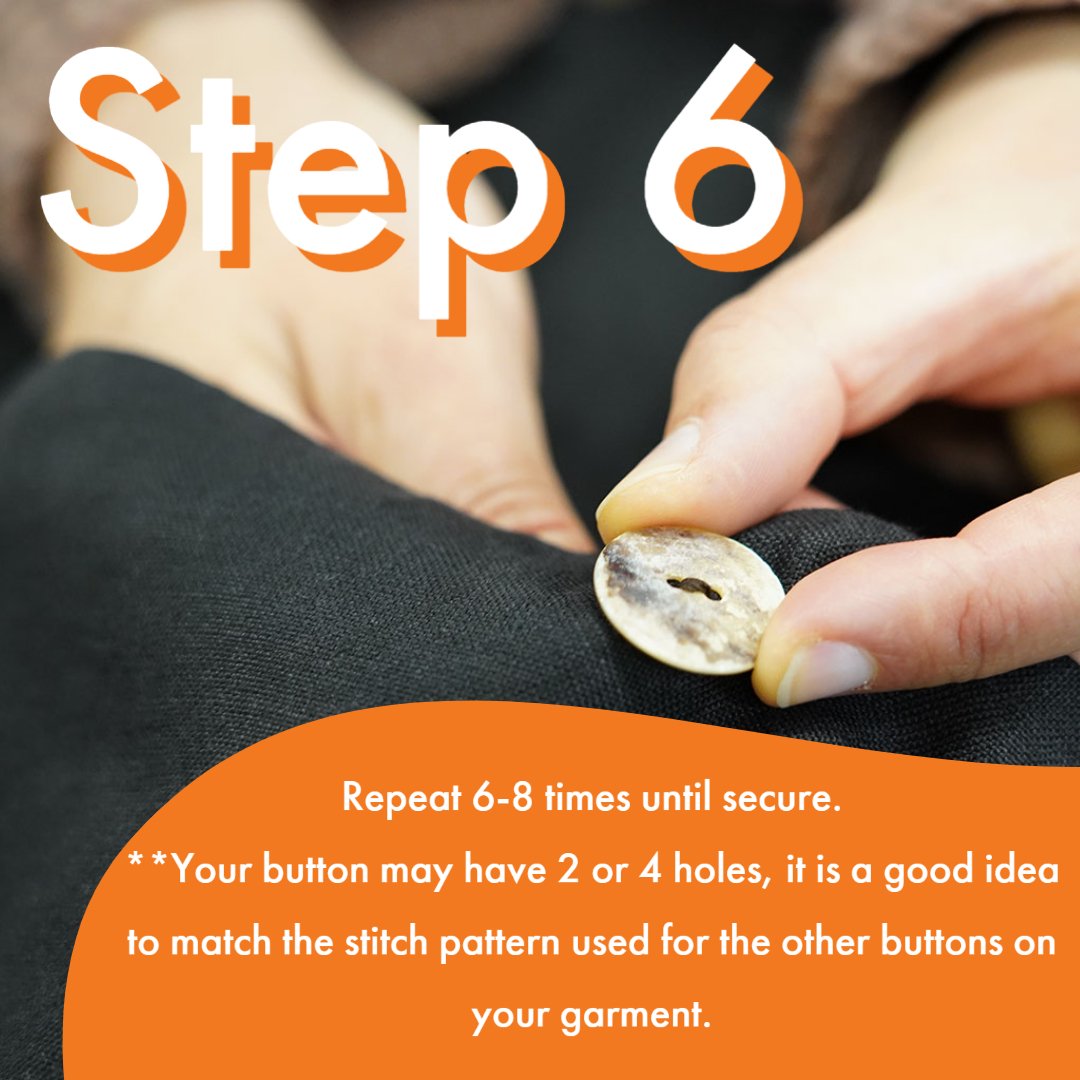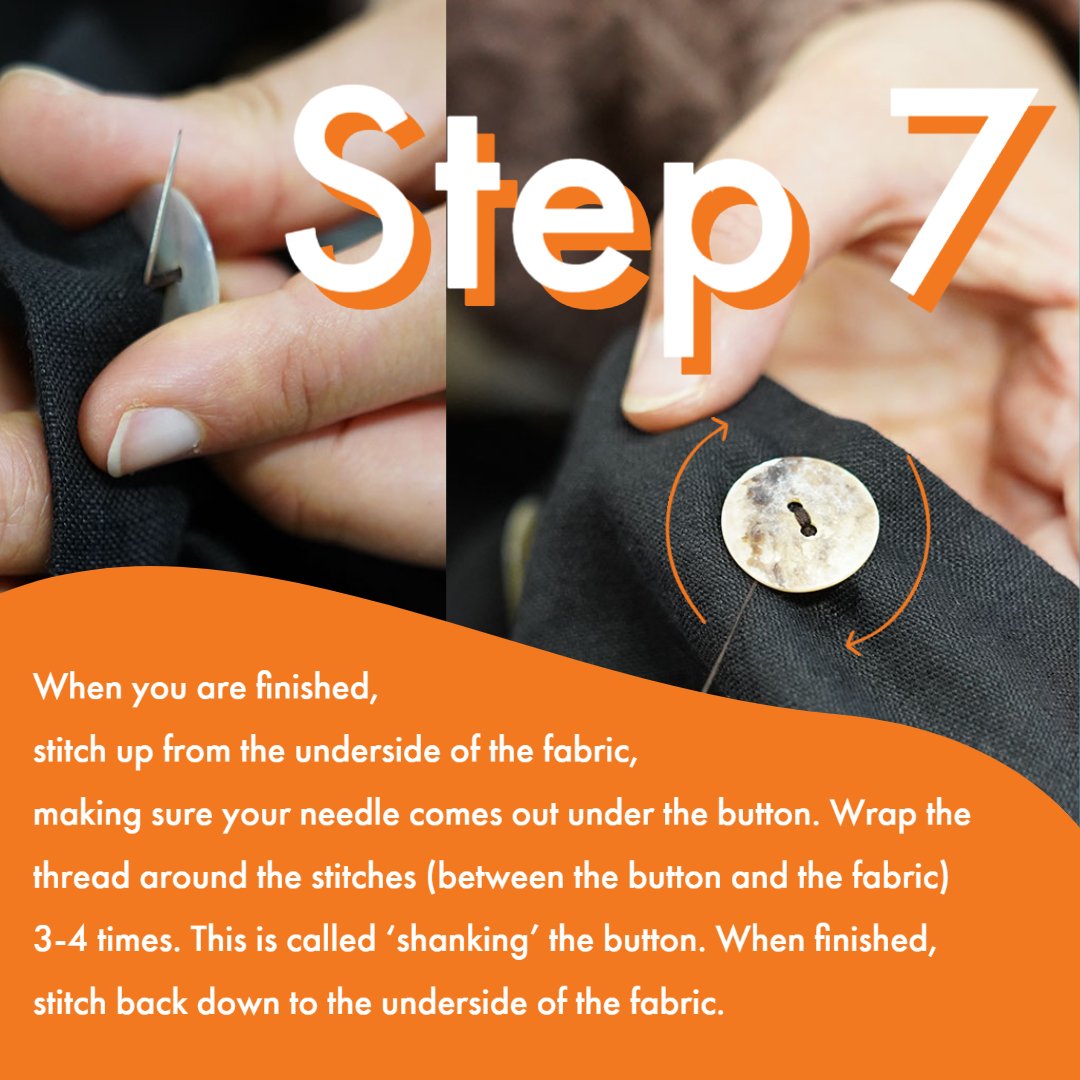Save & Go Circular
Repair
An initiative delivered by The Rediscovery Centre in strategic partnership with the EPA.
Insurance for Repair Cafés
This event brought together organisers of repair cafés and other stakeholders such as lending libraries from around the country to discuss their shared problem of lack of access to insurance.
We were delighted to welcome the following guest speakers to share their insights and expertise on the day:
Brian Hanley - CEO, Alliance for Insurance Reform
Jeffrey Roe - Director, TOG Hackerspace
Fiona McCoole - Senior Manager, Circular Economy Programme, EPA Ireland
Adam Boland - Research Officer, Rediscovery Centre
This event is perfect for anyone who is running a repair café and is struggling with their insurance, or for anyone who is interested in running a repair café in the future. There were also important lessons shared for other actors involved in circular economy activities who have experienced issues trying to get insurance.
Repair Café Directory
Cork Repair Café have developed a map of currently active repair cafés in Ireland with support from the Rediscovery Centre.
The purpose of this map is to show you where your local repair café is, and to connect repair café organisers with other local groups to support collaboration.
Included on this map are groups that are hoping to set up a repair café.
Please contact policy@rediscoverycentre.ie if you are aware of any repair cafés, or potential repair cafés, that are not included on the map.
International Repair Day
For International Repair Day in October, we chatted with those visiting the Rediscovery Centre's Repair Café.
We talked all about repair.
Have a listen to hear what they had to say.
Rediscover Repair
〰️
Rediscover Repair 〰️
Welcome to Rediscover Repair, the series where we show you easy ways to mend the items you love, and share some of our own repair stories along the way.
Join us as our experts dive into the world of repair, from jeans and chairs to bikes and cabinets, we’re here to show you the endless possibilities of simple home repair.
We also know that repairing our belongings can be more than just fixing an item. So, from vintage clothing and family heirlooms to a favourite pair of slippers, our staff’s repair stories will remind you that there's more to our possessions than meets the eye.
Explore our set of videos below as we dive headfirst into the world of repairs!
-
Dodgy bicycle brakes? Unsure how to keep your bike in tip top shape?
To kick off Rediscover Repair, Rediscover Cycling’s Programme Manager Mark shows us how to check and repair our brakes so we can hit the road safely!
With Rediscover Repair, we’re on a mission to show you easy ways to repair the items you love.
-
In this episode, we chat to Arran, Programme Manager for Rediscover Fashion, who recently took on a very special repair project.
With her expertise and knowledge, Arran was able to breathe new life into a dress owned and loved by her grandmother decades ago, brought out again for her brother's wedding!
Arran’s project is such a brilliant example of not only creativity in repair, but also the connection to the past that repair can bring us .
Do you have any special clothes that have been passed down through your family? Let us know!
-
Unlock the art of invisible patching!
In this episode of #RediscoverRepair, our skilled Programme Manager of Rediscover Fashion, Arran, shows us how to easily mend holes in our loved clothing.
We’d love to see any patches you’ve done, camouflaged or fashionably visible!
-
In this episode, we chat to Audrey, Rediscovery Centre’s Eco Store Manager, who shares with us some beautiful vintage pieces that her mother had handsewn in the 1940s.
Thank you to Audrey for sharing these family heirlooms, which show the beauty in everyday repair, the power of intergenerational skills, and the connection that repair can bring us to the past. Many thanks to our Rediscover Paint Programme Manager Dave for beautifully framing these exquisite pieces!
Do you have any special repaired items that have been passed down through your family? Let us know!
-
Can you use paint to repair? Let’s find out!
In this episode, we chat to Dave, Programme Manager for Rediscover Paint, who lets us in on some tips and tricks for ‘repairing’ your kitchen cupboards with a lick of paint!
Do you have anything that could be repaired with paint? Let us know!
-
In this episode, we chat with Mark, Programme Manager for Rediscover Cycling, who has a passion for fixing things beyond just bicycles!
What do you have in the attic that you could take a shot at repairing?
-
Have you ever wondered how to repair your own furniture?
Explore how with our own Nessa Doran O'Reilly!
Using easy-to-find materials, Nessa guides us step-by-step in repairing surface damage to our loved furniture.
-
Is it cats or Uggs that have 9 lives? Ask Claire, our Research and Policy Director! Today we’ll hear from Claire about her repair story.
Her constant companion through many life changes, Claire has repaired her favourite slippers time and time again, keeping them alive and kicking through countless cold Irish nights.
A simple pair of comfy slippers remind us that some things are worth keeping and fixing, especially when they hold so much sentimental value. Good for the planet, good for your wallet, and good for the soul!
Do you have anything at home that you’ve repaired time and time again? Share your repair!
In a linear world, goods aren’t built to last, so production, consumption and destruction seem inevitable.
But there is another way.
Save money through repair! Explore these easy and accessible money saving hacks that can help you save by going circular.
From buttons to batteries, small repairs are good for both your pocket and the planet. What’s not to love?
LIFE HACK
LIFE HACK
Glitchy gadgets or smashed screens? You don’t need to be a trained IT technician to know how to repair them.
IFixit champions the rights of consumers to repair, with over 87,000 guides, gadget teardowns and a community that are happy to help you along the way.
Unfortunately, consumer goods aren’t built to last. Phone screens are easily breakable and battery life can decline rapidly within a couple of years. iFixit’s guides cover a range of categories, so there are plenty of opportunities to get better value for money, by replacing components, rather than entire products.
When electronic goods aren’t repaired, just 22% are recycled. Even through recycling, 30% of components are lost during processing. When electronics are inappropriately disposed of, they can release toxic metals and chemicals into the water and land. By repairing the devices you already have, you are extending the product’s lifecycle, reducing the harmful impacts of both production and disposal on the planet.

How to sew a button










A lost button is something that has happened to us all, an annoying but thankfully easy fix. Today, we are going to learn how to sew on a button. It’s quick, it’s simple and it saves you money. Anyone can have a go at this repair!
-
Collect your tools. You will need: Needle, thread, scissors, button, and maybe a measuring tape. An extra matching button will often come attached to your clothing when bought new.
-
Find where the missing button has fallen from. You can usually see where it was, but if not, then use a tape measure to check the distance between each button.
-
Cut a piece of thread, the length from your fingers to your shoulder. Thread your needle, and pull the thread through so it’s doubled over, the same length on either side.
-
Tie a knot at the end of your threads, tying both together.
-
Push the needle into the back of your fabric and through, so that the knot is on the inside. Do 2 small stitches in the fabric to anchor the thread.
-
Push your needle up through your fabric and into your button, then down into the other hole. Repeat this 6-8 times until secure.. You may have 2 or 4 holes, you can do whatever pattern you’d like (eg square, x, parallel lines), just ensure it’s matching.
-
When you are finished stitching through the holes, sew up from the back, under the button. Wrap the thread around the stitching a few times. This is called shanking the button, it will protect the stitching and hold the button in place. When you are finished, sew back down into the inside of the fabric.
-
Make a couple of stitches inside the fabric to secure it, then finish by tying two knots, and cut off the excess thread. Tip: If you are working on thicker fabric, at Step 6 place a pin or toothpick flat on top of the button. When you are sewing, stitch over this, to hold the thread slightly above the button. Remove this before you shank your button. This ensures your stitching is secure, and you will have enough room to button through thick fabric!
-
Celebrate because you have saved money by repairing, and can wear your garment again!
Help! Bike Repair
Cycling is a great way to exercise, travel sustainably and save money. Pricewatch from the Irish Times claims that driving in Ireland is almost 8.5 times more expensive than cycling for commuters. Unfortunately, in recent years, manufacturers have sought to cash in on cycling’s growing popularity by making bikes more difficult and more expensive to repair.
In Ireland, 13,000 to 14,000 second-hand bikes are sold every year. Social Enterprises are leading the way in reconditioning bikes. As community organisations, they put people above profits, so you’ll be able to buy a second-hand bike at a reasonable price.
If you’re unsure how to repair your bike, watch some online tutorials and head along to your local Social Enterprises to see what workshops are available. By looking after your bike, you can keep it roadworthy and save yourself having to buy a new one.
Repair is Elegant
Do you consider ‘good as new’ to be the gold standard of second-hand? The Japanese philosophy of Kintsugi begs to differ.
From cracked ceramics to torn textiles, Kintsugi, which translates as the practice of “golden joinery” adorns repair work, transforming obsolete objects into collectable craftwork. With Kintsugi repair kits costing as little as €16.50, you can upgrade up to 7 large cracked plates with elegant golden lines.
Before / After: Shoe Repair
Over 24 billion pairs of footwear are produced every year. The linear path of mass-produced, short-lived soles to landfill is polluting our planet. Trainers can survive 1000 years in landfill, but they’re worse for wear in a fraction of that time. But there are solutions that are cost effective and better for the planet.
Dublin’s Just For Kicks and Arnotts’ repair services are paving a better path, which is also more affordable. With the average pair of new sneakers setting you back €62, choosing to repair the sneakers you already have can save both soles and money. While these companies do offer a sneaker cleaning service too, save yourself the trip by checking if your sneakers are washing machine friendly.
-
€62 ! :(
-
€30 :)














